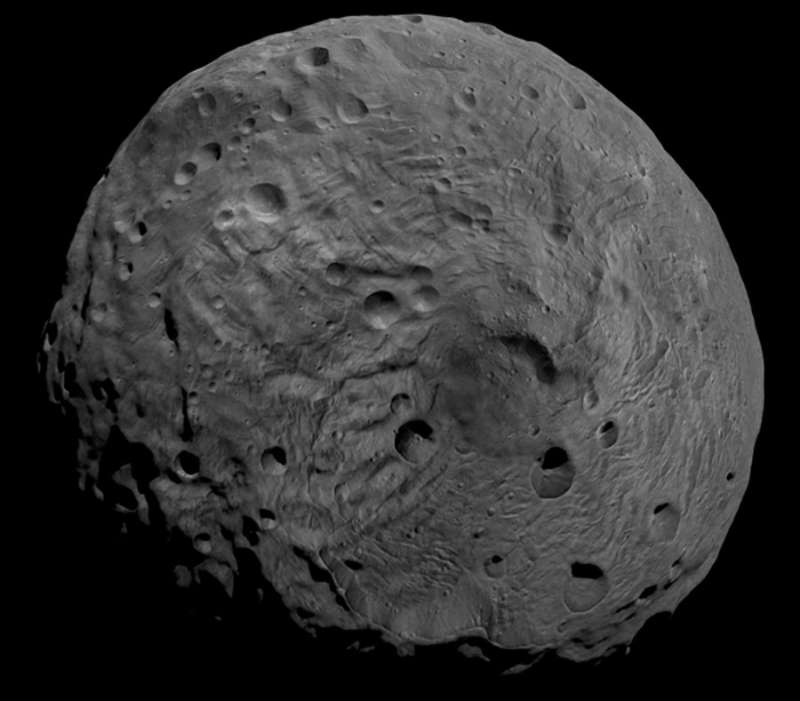Explanation: What created the circular structure around the south pole of asteroid Vesta? Pictured above, the bottom of the second largest object in the asteroid belt was recently imaged for the first time by the robotic Dawn satellite that arrived last month. A close inspection of the 260-meter resolution image shows not only hills and craters and cliffs and more craters, but ragged circular features that cover most of the lower right of the 500-kilometer sized object. Early speculation posits that the structure might have been created by a collision and coalescence with a smaller asteroid. Alternatively, the features might have originated in an internal process soon after the asteroid formed. New clues might come in the next few months as Dawn spirals down toward the rocky world and obtains images of increasingly high resolution.
1999 2000 2001 2002 2003 2004 2005 2006 2007 2008 2009 2010 2011 2012 2013 2014 2015 2016 2017 2018 2019 2020 2021 2022 2023 2024 2025 |
Yanvar' Fevral' Mart Aprel' Mai Iyun' Iyul' Avgust Sentyabr' Oktyabr' Noyabr' Dekabr' |
NASA Web Site Statements, Warnings, and Disclaimers
NASA Official: Jay Norris. Specific rights apply.
A service of: LHEA at NASA / GSFC
& Michigan Tech. U.
|
Publikacii s klyuchevymi slovami:
Vesta - asteroid - spacecraft - south pole - asteroidy - Vesta - Yuzhnyi polyus - kosmicheskie apparaty
Publikacii so slovami: Vesta - asteroid - spacecraft - south pole - asteroidy - Vesta - Yuzhnyi polyus - kosmicheskie apparaty | |
Sm. takzhe:
Vse publikacii na tu zhe temu >> | |
